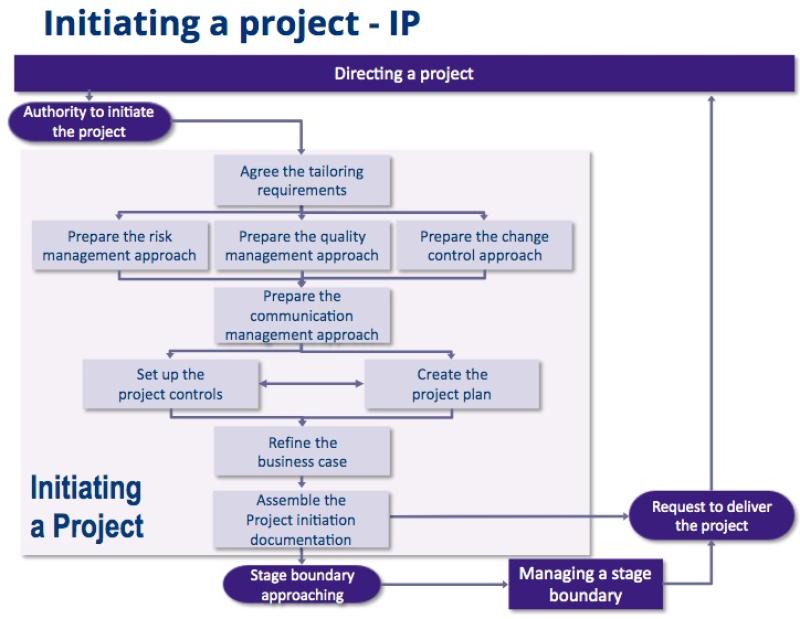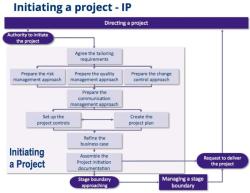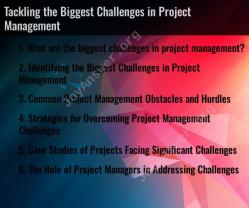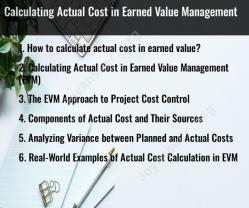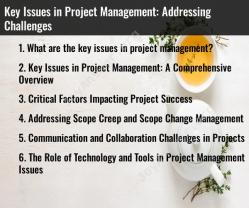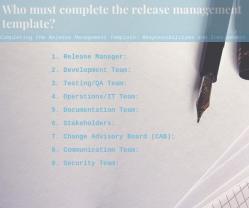How to start the project initiation phase?
Initiating a project is a critical phase that sets the foundation for success throughout the project lifecycle. Here's a step-by-step guide to help you start the project initiation phase effectively:
Define Project Objectives and Scope:
- Clearly articulate the project's purpose, goals, and objectives.
- Define the project scope to outline what is included and excluded from the project.
Conduct Stakeholder Analysis:
- Identify and analyze all stakeholders, including their interests, expectations, and influence on the project.
- Prioritize stakeholders based on their impact on the project.
Form Project Team:
- Identify and select key team members based on their skills and expertise.
- Define roles and responsibilities for each team member.
- Establish clear communication channels within the team.
Develop a Project Charter:
- Create a formal document that authorizes the project and outlines its key details, including objectives, scope, stakeholders, and team members.
- Obtain approval and commitment from key stakeholders.
Conduct a Risk Assessment:
- Identify potential risks that could impact the project's success.
- Assess the probability and impact of each risk.
- Develop a risk management plan to mitigate and monitor risks throughout the project.
Create a Project Plan:
- Develop a detailed project plan outlining tasks, timelines, dependencies, and resource requirements.
- Use project management tools to help visualize and track progress.
Establish a Communication Plan:
- Define how information will be communicated to project stakeholders.
- Identify key milestones and reporting intervals.
- Establish a protocol for issue escalation and resolution.
Set Up Project Infrastructure:
- Ensure that the necessary tools and resources are in place.
- Set up project management software, communication platforms, and collaboration tools.
Define Project Metrics and Key Performance Indicators (KPIs):
- Determine how project success will be measured.
- Identify KPIs that align with project objectives.
Obtain Approvals:
- Seek formal approval from key stakeholders for the project charter, plan, and budget.
- Confirm that everyone is aligned with the project's goals and expectations.
Kickoff Meeting:
- Host a project kickoff meeting to introduce the team, discuss the project's objectives, scope, and expectations.
- Review the project plan and timeline.
Document Lessons Learned:
- Establish a process for capturing and documenting lessons learned throughout the project.
- Use these insights to improve processes in future projects.
By following these steps, you can ensure a strong start to the project initiation phase, setting the stage for successful project execution and completion.
What strategies or steps are typically taken during the project initiation phase?
The project initiation phase is the crucial first step in the project management lifecycle, where the foundation for success is laid. Here are some common strategies and steps taken during this phase:
1. Identify the project idea and its need:
- Brainstorm and analyze potential projects: This can involve gathering ideas from various stakeholders, evaluating existing problems or opportunities, and identifying potential solutions.
- Conduct a feasibility study: This assesses the viability of the project based on factors like resources, budget, timeline, and potential risks and rewards.
- Develop a preliminary business case: This document outlines the project's objectives, benefits, costs, and risks, justifying its need and securing initial approval from stakeholders.
2. Define project scope and objectives:
- Clearly define the project's goals and desired outcomes.
- Establish the project's boundaries and limitations.
- Break down the project into manageable phases and tasks.
- Develop a preliminary work breakdown structure (WBS) to visualize the project's components.
3. Identify stakeholders and obtain buy-in:
- Identify key individuals and groups who will be affected by or have an interest in the project.
- Communicate the project's vision, goals, and potential impact to stakeholders.
- Address concerns and secure their support and commitment to the project.
4. Develop a project charter:
- This document formally authorizes the project and serves as a roadmap for its execution.
- It typically includes the project's name, objectives, scope, timeline, budget, resources, key stakeholders, and risks.
- The project charter is signed by the project sponsor and other key stakeholders, signifying their approval and commitment.
5. Establish the project team:
- Identify and assign roles and responsibilities to team members based on their skills and expertise.
- Ensure clear communication and understanding of roles within the project team.
- Develop a team communication plan to facilitate collaboration and information sharing.
6. Develop initial project plans:
- Create a preliminary project schedule outlining key milestones and deadlines.
- Estimate the project budget and resource allocation needs.
- Identify potential risks and develop mitigation plans.
- Establish project communication and reporting procedures.
7. Obtain approvals and finalize the project initiation documents:
- Present the project plan and supporting documents to stakeholders for review and approval.
- Address any final concerns and make necessary adjustments.
- Finalize the project initiation documents and formally launch the project.
In addition to these key steps, effective project initiation may involve activities such as:
- Conducting a stakeholder analysis
- Identifying legal and regulatory requirements
- Developing a risk management plan
- Establishing quality control procedures
- Defining project communication channels
- Conducting a project kickoff meeting
By diligently following these strategies and steps, you can lay a strong foundation for successful project execution and ensure that your project is set up for a smooth and successful journey.
